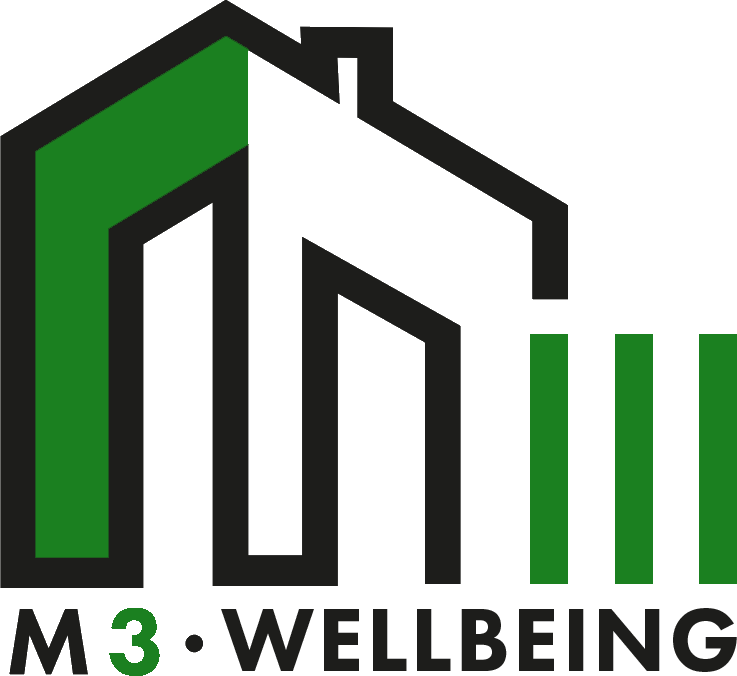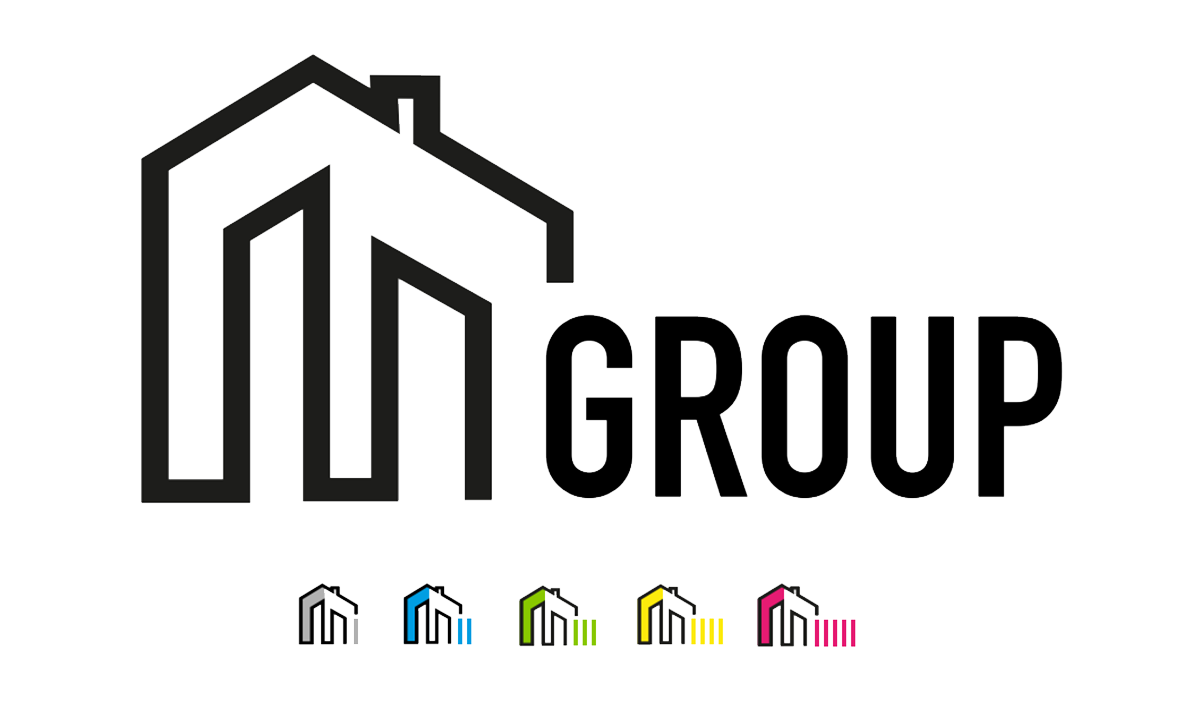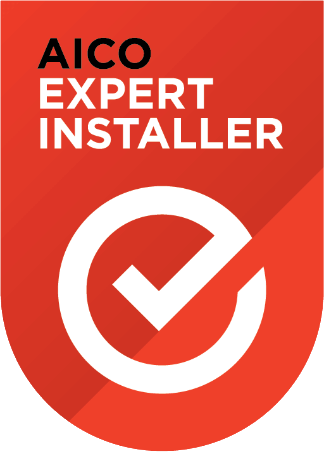Damp and mould are common and frustrating issues for landlords, particularly in the UK, where the climate often creates the perfect conditions for these problems to arise. Aside from being unsightly, damp and mould can cause significant damage to property, violate housing regulations, and create health hazards for tenants. Addressing these concerns is not only a legal responsibility but also crucial for maintaining the wellbeing of tenants and the longevity of your property.
In this guide, we’ll run through everything landlords need to know about damp and mould, including the causes, prevention methods, legal obligations, and how M3 Wellbeing’s environmental sensors can help you stay on top of the issue.
M3 Wellbeing specialises in installing cloud-hosted sensors that monitor indoor air quality and moisture levels – vital tools that can help landlords ensure their properties are safe and compliant.
Read on to learn how these tools, combined with proper maintenance, can help you manage damp and mould in your rental properties.
Understanding Damp and Mould: The Basics
Damp is the presence of unwanted moisture in a building, and it can enter through leaks, rising water, or condensation. Left unchecked, damp can lead to mould growth – fungal organisms that thrive in moist environments. Mould not only causes property damage but also poses health risks, especially to those with respiratory conditions or weakened immune systems.
There are three main types of damp that landlords should be aware of:
Rising Damp
This occurs when moisture from the ground seeps into the walls of a building, typically due to a failed or missing damp-proof course.
Penetrating Damp
This type arises when water infiltrates the property through external walls, roofs, or windows, often due to structural issues.
Condensation Damp
The most common type, condensation, happens when moist air comes into contact with cold surfaces, such as windows or walls, leading to water droplets forming.
Mould thrives in these damp conditions, and common signs include dark patches, a musty smell, and visible fungal growth on walls, ceilings, or furniture.
Why Damp and Mould Are a Concern for Landlords
Damp and mould can lead to costly repairs if left untreated, but the issue extends beyond finances. As a landlord, you have a legal obligation under the Homes (Fitness for Human Habitation) Act 2018 to provide safe, healthy living conditions for your tenants. This includes taking reasonable steps to prevent damp and mould.
Failing to address damp can lead to:
- Structural damage: Over time, damp can weaken walls, floors, and ceilings, causing long-term damage to the property.
- Health risks: Mould can trigger respiratory issues, allergies, and even asthma attacks in vulnerable tenants.
- Regulatory breaches: Landlords who ignore damp and mould may face legal action and fines for failing to meet their duty of care.
By being proactive and installing monitoring systems like those installed by M3 Wellbeing, you can detect damp conditions early and take preventive measures before the problem escalates.
Causes of Damp and Mould in Rental Properties
Understanding the root causes of damp and mould is essential for effective prevention.
Common causes include:
- Poor ventilation: Inadequate airflow, especially in bathrooms and kitchens, can cause moisture to build up, leading to condensation.
- Leaking roofs or pipes: Water from damaged roofing or leaking pipes can seep into walls and floors, creating damp conditions.
- Blocked gutters: Clogged gutters can cause water to overflow and penetrate external walls.
- Cold spots: In older properties with poor insulation, cold surfaces can attract condensation, leading to mould growth.
Addressing these issues requires regular property inspections and swift repairs. Landlords can also benefit from modern technology to monitor the environment continuously, ensuring problems are detected before they become serious.
How M3 Wellbeing’s Sensors Help Fight Damp and Mould
M3 Wellbeing offers a range of innovative sensors that help landlords monitor conditions in their rental properties, providing real-time data and alerts on damp, humidity, and temperature changes. These sensors can significantly reduce the risk of damp and mould by ensuring that landlords can take quick action when environmental factors reach concerning levels.
M3 Wellbeing’s Sensors for Damp and Mould Monitoring
This sensor continuously measures moisture levels in the air and alerts landlords if the conditions for damp or mould are present. The real-time data helps landlords respond promptly, avoiding damage and health risks.
This device monitors indoor air quality, focusing on temperature and humidity levels, which are key contributors to condensation. The sensor is cloud-connected, meaning landlords can receive instant alerts via their dashboard.
Similar to the Ei1020 but with enhanced features, this sensor provides comprehensive environmental monitoring, allowing landlords to track humidity, temperature, and carbon dioxide levels. High humidity often indicates potential damp issues, making this sensor invaluable for proactive property management.
These sensors are professionally installed by M3 Wellbeing, ensuring they are set up correctly and functioning optimally from the start. Once installed, the sensors connect to a cloud platform, providing landlords with a clear, data-driven view of their properties through a dashboard. This system allows landlords to monitor environmental conditions in real time, ensuring they can quickly respond to any issues.
By using these devices, landlords can ensure compliance with regulations, protect their property, and maintain a healthy living environment for their tenants.
The Impact of Damp and Mould on Property Value
Damp and mould don’t just affect the day-to-day living conditions of tenants, they can also have a significant impact on the overall value of your property. Properties with persistent damp issues are less appealing to prospective buyers or tenants, which can lower rental yields or reduce market value. Additionally, properties that suffer from chronic damp may require costly remedial work to fix underlying issues such as structural damage, which further diminishes their marketability.
Investing in regular maintenance and environmental sensors, like those offered by M3 Wellbeing, can help prevent the development of damp and mould, safeguarding your property’s condition and ensuring it retains its value. Having a monitoring system in place can also reassure potential buyers or tenants that you are proactive in maintaining a safe, healthy environment.
Insurance Considerations for Damp and Mould
Landlords should be aware that not all insurance policies cover damage caused by damp and mould, especially if the issue is considered preventable. Insurers often view damp as a maintenance issue rather than an insurable event, meaning that gradual wear and tear resulting from poor ventilation or neglected leaks may not be covered.
However, installing M3 Wellbeing’s sensors can help demonstrate that you are taking proactive steps to maintain your property. The ability to monitor and respond to damp conditions in real time can help you avoid disputes with insurance providers, as it shows that you are actively managing the property’s environment and preventing long-term damage. Keeping these monitoring systems in place could provide evidence to support your claim should an issue arise.
Legal Obligations: Damp, Mould, and the Law
Landlords are legally required to provide homes that are fit for habitation. The Homes (Fitness for Human Habitation) Act 2018 outlines landlords’ responsibilities, including maintaining properties free from damp and mould.
To remain compliant, landlords should:
Conduct regular property inspections: Identifying potential issues early is key to prevention.
Repair structural damage: Fix leaks, roof damage, and faulty guttering as soon as they are identified.
Ensure proper ventilation: Install extractor fans in bathrooms and kitchens to reduce condensation.
Monitor indoor conditions: Use environmental sensors to track moisture levels and temperature changes in real-time.
By adhering to these obligations, landlords not only meet legal requirements but also ensure a healthier environment for tenants.
Preventing Damp and Mould in Rental Properties
Preventing damp and mould is often more cost-effective than addressing it after the fact. Here are some practical tips for landlords:
Improve ventilation: Install or upgrade extractor fans in kitchens and bathrooms and ensure windows can be opened for natural airflow.
Maintain the property’s structure: Regularly check for cracks in walls, roof leaks, and other areas where water might enter.
Invest in insulation: Well-insulated homes are less likely to experience condensation, reducing the risk of damp and mould.
Use M3 Wellbeing sensors: These provide continuous monitoring and can alert you to conditions that might lead to damp, giving you time to address the problem before it becomes severe.
FAQs
If a tenant reports mould, respond promptly. Investigate the cause, which could be poor ventilation, rising damp, or a leak. Use M3 Wellbeing sensors to monitor moisture levels and ensure the issue is resolved.
Ensure the property is well-ventilated and insulated. Encourage tenants to use extractor fans and keep windows open where possible. M3 Wellbeing’s sensors can help monitor humidity levels and detect potential problems early.
Yes, under the Homes (Fitness for Human Habitation) Act 2018, landlords are required to maintain properties free from damp and mould. Failure to do so could result in legal action or fines.
M3 Wellbeing offers the GEM Smart, AICO Ei1020, and AICO Ei1025 Environmental Sensors, all of which monitor humidity, temperature, and air quality. These devices are essential tools for landlords aiming to prevent damp and mould issues.
M3 Wellbeing
M3 Wellbeing is a leader in providing environmental monitoring solutions for landlords and housing associations. We specialise in installing cloud-hosted sensors that track indoor air quality, temperature, and humidity, ensuring properties remain safe and compliant with health and safety regulations.
Our sensors offer real-time data and alerts, giving landlords the tools to prevent damp, mould, and other environmental issues before they escalate. With M3 Wellbeing, you can maintain a healthy environment for your tenants and protect your property from costly damage.
For more information on how our sensors can help you manage damp and mould in your rental properties, get in touch with M3 Wellbeing today.
Contact Us
For more information on how M3 Wellbeing can help you monitor and manage your properties effectively, get in touch with our team today to learn more.
You can get in touch with us at 01908 039526 or please head to our contact us page where you can complete our online form. We look forward to hearing from you.






